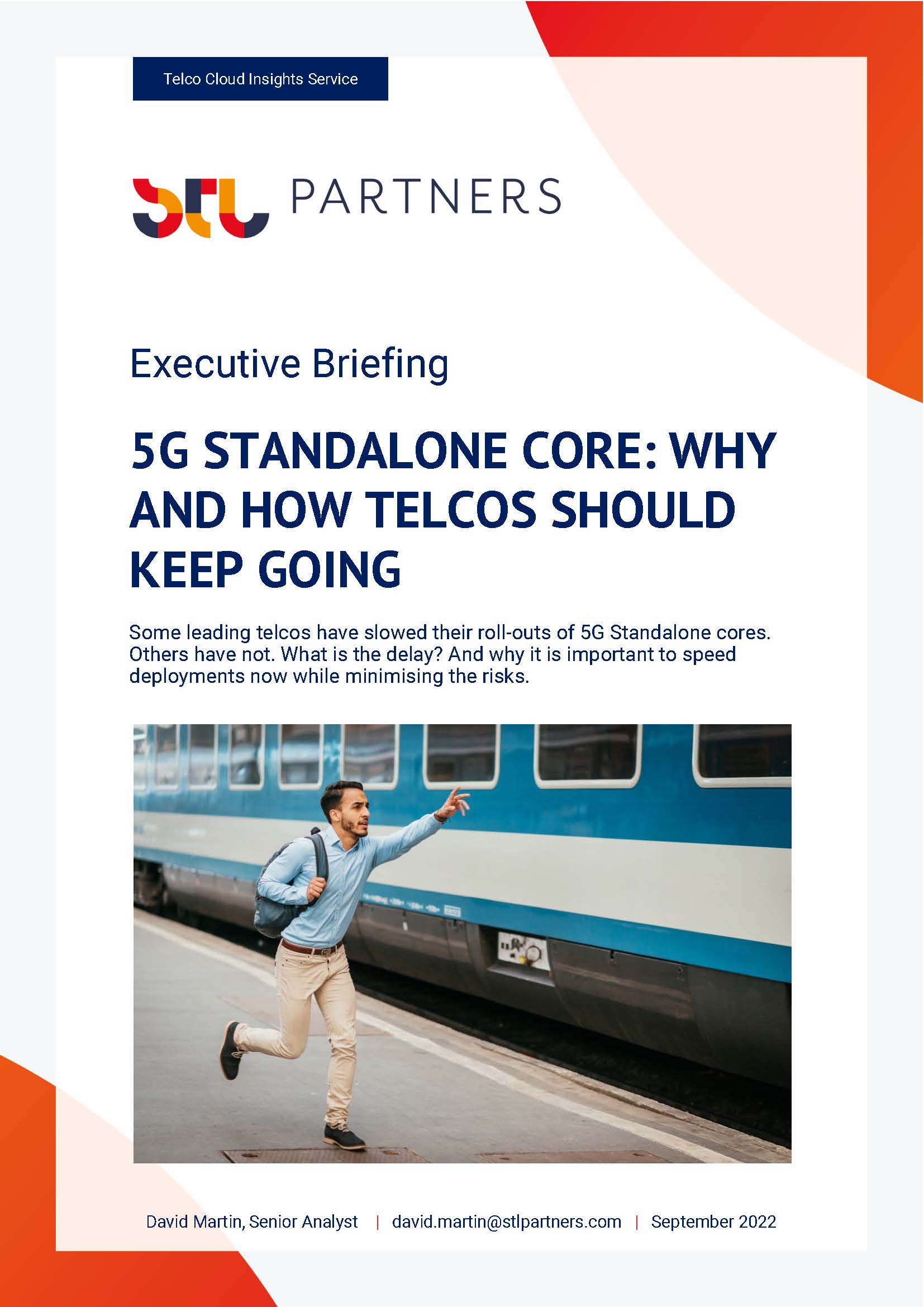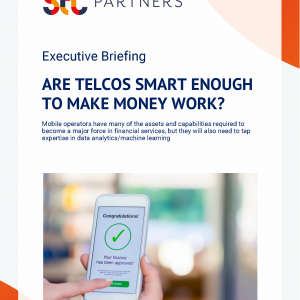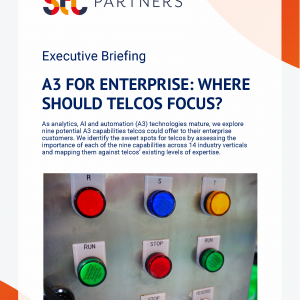5g standalone core: Why and how telcos should keep going
£3,000.00 excl VAT
Some leading telcos have slowed their roll-outs of 5G Standalone cores. Others have not. What is the delay? And why it is important to speed deployments now while minimising the risks.
Description
Format: PDF filePages: 28 pagesCharts: 4Author: David MartinPublication Date: September 2022
Table of Contents
- Executive Summary
- Introduction
- Major 5G Standalone deployments are experiencing delays
- …but other MNOs are making rapid progress
- Many SA deployments in the offing – but few fixed deadlines
- What is holding up deployments?
- Mass-market use cases are not yet mature
- Enterprise use cases exploiting an SA core are not established
- Business model and ROI uncertainty for 5G SA
- Uncertainty about the role of hyperscalers
- Coordination of investments in 5G SA with those in open RAN
- MNO process and organisation must evolve to exploit 5G SA
- 5G SA progress will unlock opportunities
- Build out coverage to improve ‘commodity’ services
- Be first to roll out 5G SA in the national market
- For brownfield deployments, incrementally evolve towards SA
- Greenfield deployments
- Carefully elaborate deployment models on hyperscale cloud
- Work through process and organisational change
- Conclusion: 5G SA will enable transformation
Table of Figures
- Figure 1: Telcos’ perceived risks of SA deployments now versus low-risk pursuit of the same opportunities by other telcos
- Figure 2: Global 5G core networks by type, 2018 to 2023
- Figure 3: NSA, converged, and SA 5G core deployments, 2018 to 2023
- Figure 4: Four pathways to telco cloud implementation
Technologies and industry terms referenced include: 5G, 5G SA, 5G standalone, AWS, Azure, cloud-native, CNF, connectivity, Deutsche Telekom, DISH, FWA, google, Hyperscalers, MEC, Network slicing, private networking, public cloud, Verizon, Vodafone


